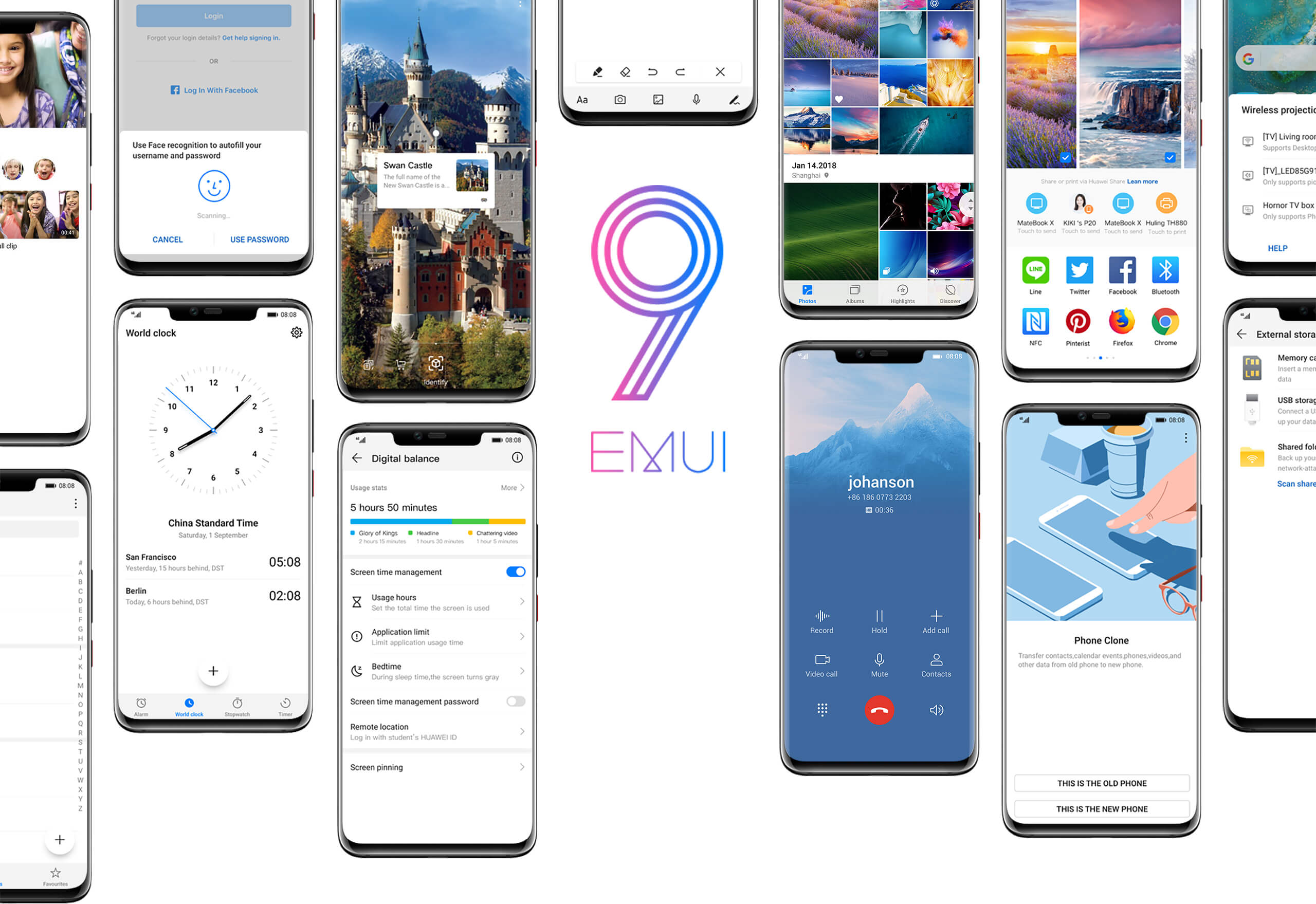Technology
EMUI 9: Top features that make it new, beautiful and different

At IFA 2018, Huawei announced EMUI 9.0, the next major update to the Android-based operating system (OS) from Huawei. As one of the first Android Pie-based custom systems, EMUI 9.0 offers a premium user experience that is underpinned by an intuitive interface and rich features.
The latest Huawei custom OS was designed to feel more natural and streamlined than ever. Huawei has reimagined and consolidated many of the settings to minimize the number of steps a user has to go through to get things done. Overall, EMUI 9.0 performs 12.9 percent faster than its predecessors and supports faster app launch speeds.
For instance, EMUI 9.0 launches Instagram 12 percent faster and Spotify 11 percent faster. Combining the top-class performance of the recently announced Kirin 980, EMUI 9.0 will deliver an unparalleled user experience on the HUAWEI Mate 20 Series.
Here are some unique features you’ll love on your Huawei or Honor phone with EMUI 9.0.
Performance
The EMUI 9.0 optimizes underlying operation commands more rapidly and efficiently with AI prediction technology. This optimization means on average, the system response speed is increased by 25.8%, application startup is shortened by 102 ms and overall system fluency is increased by 12.9%.
Gaming
GPU Turbo 2.0 technology advances the gaming experience to a whole new level. The AI predictive resource allocation and intelligent scheduling efficiently improves game fluency and lowers touch delays by an average of 36%. Games will run smooth and cool with advanced temperature control that decreases hot spots temperature on the screen by a maximum of 3.6°C.
Spotlight Reel
The AI video editor can identify faces and create separate video highlights for each person, saving you time and effort of editing videos for your beloved ones to share the best moments.
HiVision
While traveling, scan landmarks or paintings with HiVision and it will tell you the history. Also, while eating at local restaurants, you can translate the foreign language menu in real-time. HiVision can also measure food calories with volume estimation to keep your diet healthy.
AI E-Commerce
See something you like? Tap the image with two fingers or point the camera at the product and get purchase links from top e-commerce platforms in an instant. You can efficiently shop all around the world.
Wireless Projecting
Wirelessly project your presentations to the big screen2. In PC mode, you can use the graffiti pen to write notes, leave remarks and make screenshots during the meeting. Any incoming phone calls or messages will be hidden from the big screen. Enjoy showing your ideas with co-workers and sharing the videos with your family effortlessly.
HUAWEI Share
EMUI 9.0 makes printing files a lot easier with HUAWEI Share. Now you can click one button to print. No more cables and extra devices.
Phone Clone
Once you have your new HUAWEI phone, HUAWEI Phone Clone easily helps you switch all your contacts, apps and photos4 to your new device quickly with EMUI 9.0. A fast transfer with an easy setup and you are ready to enjoy your new phone.
Memo
Record your ideas and in the moment inspiration easily by using the graffiti pen, the keyboard or by capturing photos. You can also use the Memo app to keep calendar dates, reminders and other important events to stay organized every day.
As EMUI 9.0 was designed to help users lead an enriched and balanced life, digital wellbeing is also a big focus of the new OS. EMUI 9.0 features a new Digital Balance dashboard, which tracks device usage metrics and allows users to set usage quota for each app; and Wind Down, which helps users to relax before heading to bed.







